Invasive species have long been a serious threat to ecosystems around the world. When these non-native plants, animals, and insects are introduced to new environments, often by human activity, they can disrupt the delicate balance of local ecosystems. These invaders outcompete native species, spread rapidly, and cause lasting ecological damage. In many cases, the impacts are so severe that they alter entire habitats, leading to a loss of biodiversity and costly control efforts. This list highlights some of the most notorious invasive species that have forever changed the ecosystems they invaded.
European Starling (Sturnus vulgaris)
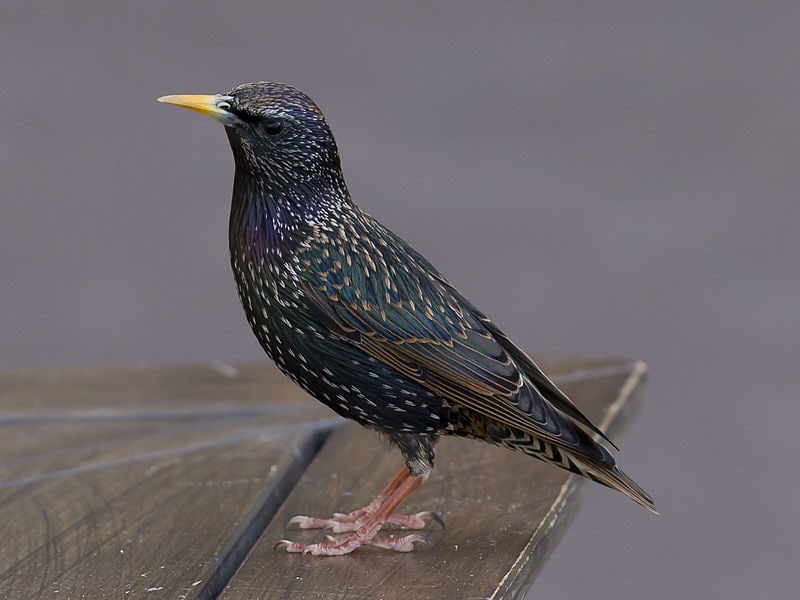
Introduced to North America in the 19th century, European Starlings have become a notorious invasive species. They aggressively compete with native birds for nesting sites, often driving out species such as woodpeckers and bluebirds. Their massive flocks can cause significant agricultural damage, especially in fruit crops. The decline in native bird populations due to their presence has led to a cascading effect on local ecosystems. Despite efforts to control their spread, starlings continue to thrive across the continent.
Asian Carp (Cyprinidae family)
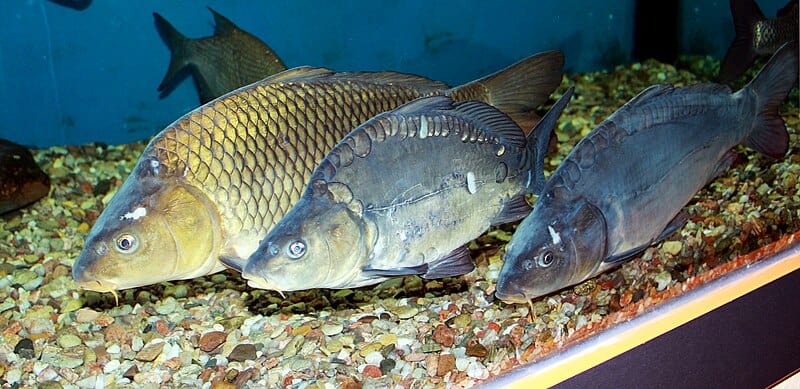
Asian Carp were initially introduced to the United States to control algae in aquaculture ponds, but they quickly escaped into the wild. These voracious feeders outcompete native fish for food, leading to a drastic reduction in biodiversity within waterways. Their presence in the Mississippi River and its tributaries poses a severe threat to the Great Lakes ecosystem. The carp’s ability to dominate aquatic ecosystems has led to significant ecological and economic concerns. Efforts to prevent their spread have included physical barriers and targeted fishing, but the challenge remains immense.
Kudzu (Pueraria montana var. lobata)
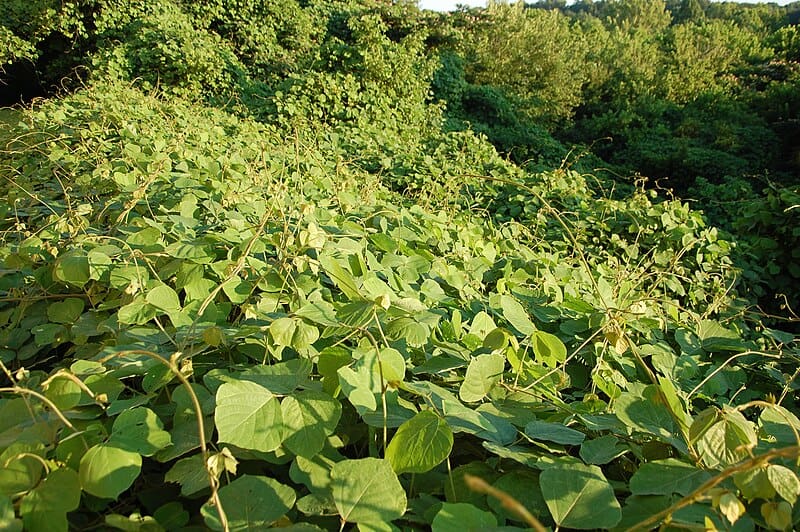
Kudzu, often referred to as “the vine that ate the South,” was introduced to the United States from Japan in the late 19th century for erosion control. This fast-growing vine can engulf trees, buildings, and entire landscapes, smothering native vegetation in its path. Kudzu’s aggressive growth has led to the displacement of many native plant species, severely altering local ecosystems. The loss of native flora has also impacted the wildlife that depends on them. Despite ongoing control efforts, Kudzu remains a pervasive problem in the southeastern United States.
Cane Toad (Rhinella marina)
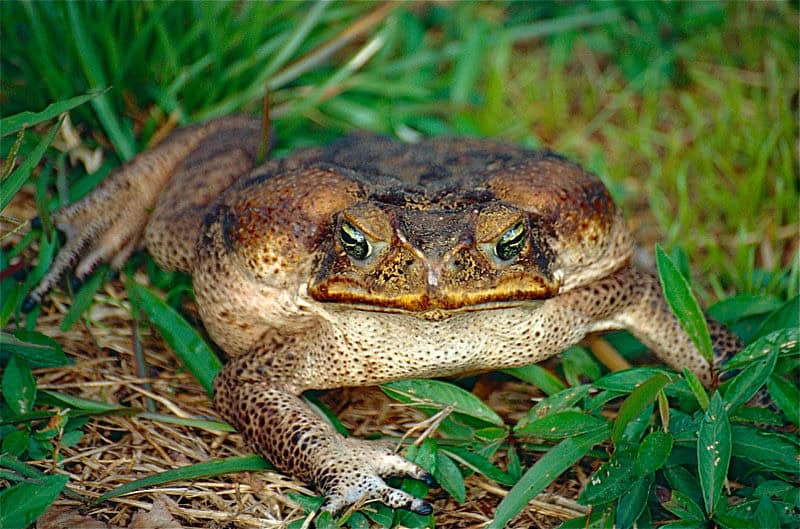
Native to Central and South America, Cane Toads were introduced to Australia in 1935 to control agricultural pests. Instead of curbing pest populations, the toads quickly became pests themselves, preying on native species and poisoning predators with their toxic skin. Their spread across northern Australia has caused severe declines in native predator populations, including snakes and small mammals. The ecological impact of Cane Toads continues to be a significant concern, with efforts to control their population proving largely ineffective. This invasive species exemplifies the unintended consequences of introducing non-native animals to new environments.
Zebra Mussel (Dreissena polymorpha)
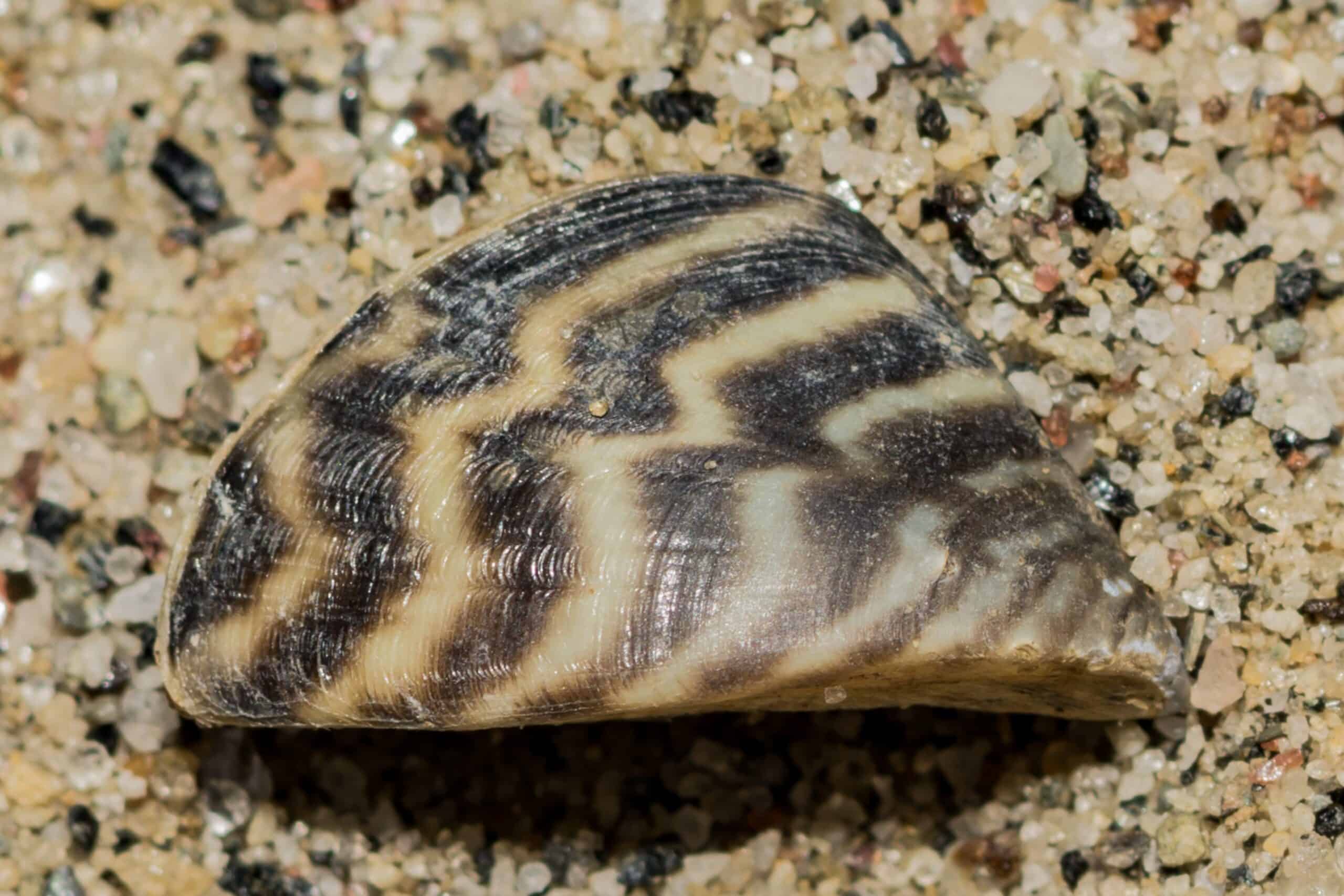
Zebra Mussels, native to Eastern Europe, were inadvertently introduced to North America in the late 20th century through ballast water from ships. These small, filter-feeding mollusks attach to any hard surface, including boat hulls, water pipes, and even other mussels, causing severe ecological and economic damage. By filtering out plankton, Zebra Mussels disrupt food chains, leading to the decline of native fish species. Their rapid reproduction and ability to outcompete native mussels have transformed freshwater ecosystems across the continent. Despite extensive management efforts, Zebra Mussels continue to spread to new water bodies.
Burmese Python (Python bivittatus)
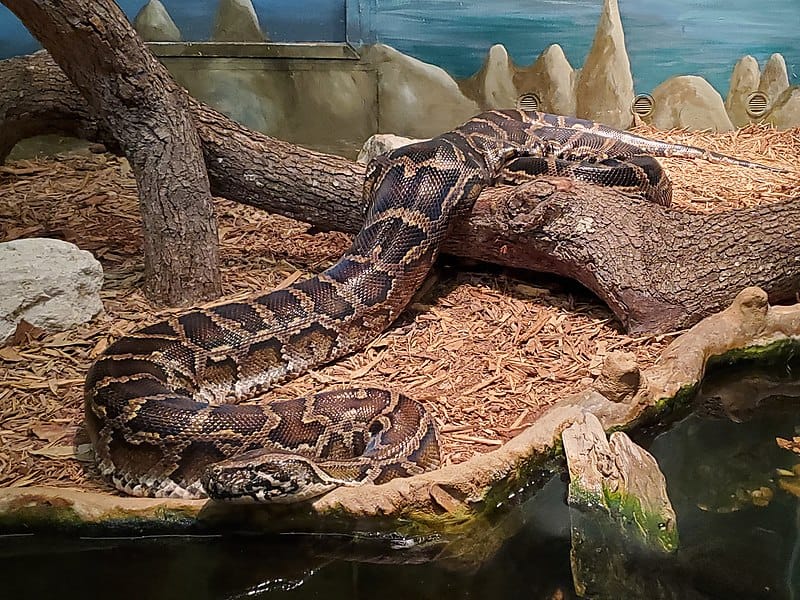
The Burmese Python, originally from Southeast Asia, has become a dominant predator in the Florida Everglades after being released or escaping from captivity. These large constrictors prey on a wide range of animals, including birds, mammals, and reptiles, leading to a dramatic decline in native wildlife populations. The ecological imbalance caused by these invasive predators is evident in the near disappearance of several species from the Everglades. Control measures, such as organized hunts and research into biological controls, have had limited success. The presence of Burmese Pythons represents a significant and ongoing challenge for conservationists in the region.
Brown Tree Snake (Boiga irregularis)
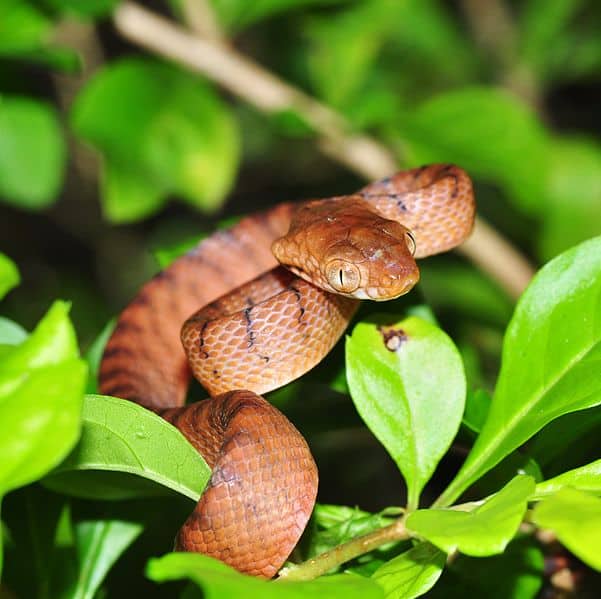
Native to Australia and Papua New Guinea, the Brown Tree Snake was accidentally introduced to Guam after World War II. Its arrival led to the catastrophic decline of native bird species, some of which have become extinct. The snake’s insatiable appetite for birds and small mammals has disrupted the island’s ecosystem, leading to a cascade of ecological effects. This invasive predator has also caused significant economic damage by triggering power outages as they climb on electrical equipment. Control efforts, including trapping and chemical deterrents, have been met with limited success, leaving the snake as a persistent threat to Guam’s biodiversity.
Gypsy Moth (Lymantria dispar)
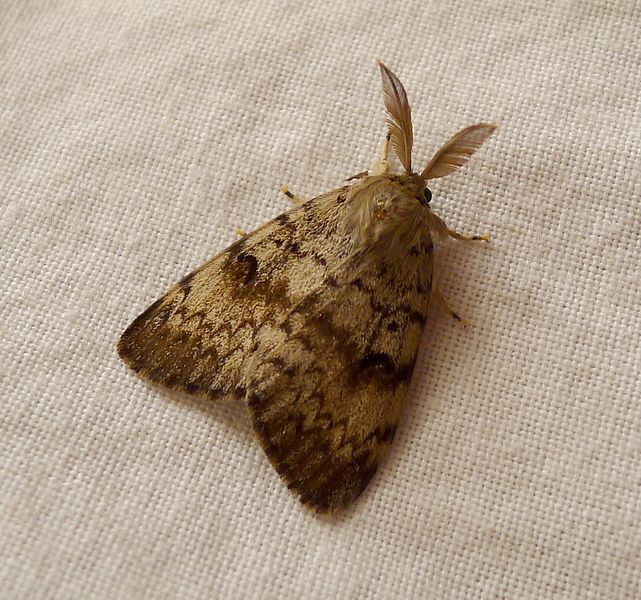
The Gypsy Moth, brought to North America in the 19th century for silk production, quickly became one of the most destructive forest pests. Its caterpillars defoliate millions of acres of hardwood forests each year, weakening and killing trees. This deforestation leads to loss of habitat for countless species and disrupts forest ecosystems. The economic cost of managing Gypsy Moth outbreaks is enormous, and the ecological consequences are far-reaching. Despite decades of control efforts, this invasive species continues to spread, threatening forests across the continent.
Red Imported Fire Ant (Solenopsis invicta)

Native to South America, the Red Imported Fire Ant was accidentally introduced to the United States in the 1930s. These aggressive ants outcompete native insects and prey on small animals, leading to significant ecological changes. Their painful stings pose a threat to humans, pets, and livestock, resulting in medical and veterinary expenses. The ants’ mound-building habits can damage agricultural machinery, leading to economic losses. Despite widespread efforts to control them, Red Imported Fire Ants have spread throughout the southern United States and continue to expand their range.
Africanized Honey Bee (Apis mellifera scutellata)
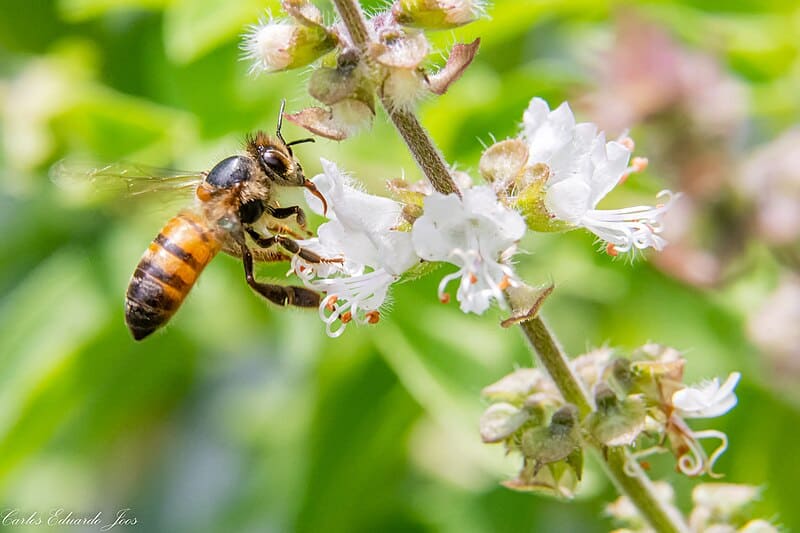
Africanized Honey Bees, also known as “killer bees,” were created through the interbreeding of African and European honey bees in Brazil in the 1950s. These bees are highly aggressive and have spread throughout the Americas, often displacing less aggressive European honey bees. Their presence has disrupted local ecosystems by competing with native pollinators and altering plant-pollinator dynamics. The aggressive nature of Africanized Honey Bees also poses a danger to humans and animals, leading to numerous fatalities. Managing the spread of these bees remains a challenge, with ongoing efforts to mitigate their impact on both agriculture and ecosystems.
European Rabbit (Oryctolagus cuniculus)
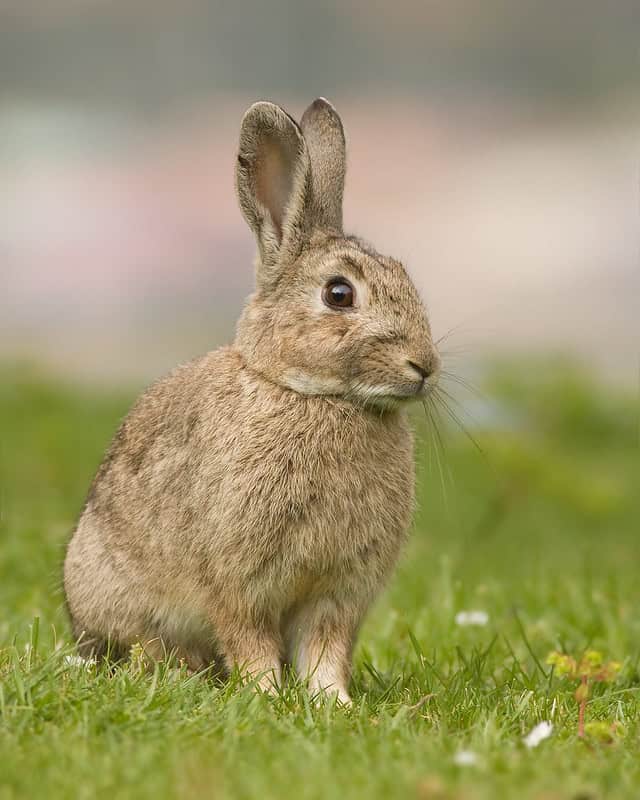
Introduced to Australia for hunting purposes in the 19th century, the European Rabbit quickly became a major pest. Their voracious grazing has led to the degradation of vast areas of grassland and the extinction of several plant species. The rabbits’ burrowing habits cause soil erosion, further exacerbating environmental damage. The ecological imbalance caused by their introduction has had devastating effects on Australia’s native flora and fauna. Despite large-scale control efforts, including the introduction of diseases like myxomatosis, European Rabbits remain a persistent and destructive presence in Australia.
Lionfish (Pterois volitans)
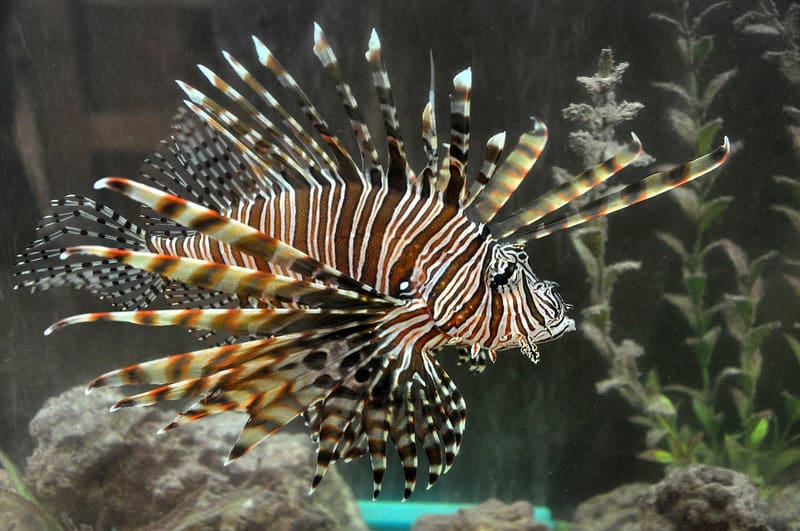
The Lionfish, native to the Indo-Pacific, has become an invasive species in the Atlantic Ocean, particularly around the Caribbean and Gulf of Mexico. These predatory fish have a voracious appetite and consume large quantities of native fish, including species vital to coral reef health. Their presence has led to a significant decline in reef biodiversity, threatening the delicate balance of these ecosystems. Lionfish are also venomous, posing a risk to divers and fishermen. Efforts to control their population include organized culling and promoting them as a food source, but the Lionfish remains a formidable threat to Atlantic marine ecosystems.
House Sparrow (Passer domesticus)

Introduced to North America in the mid-19th century, the House Sparrow has become one of the most widespread invasive species on the continent. These aggressive birds compete with native species for food and nesting sites, often outcompeting them and causing declines in native bird populations. House Sparrows are also known to damage crops, adding to their negative impact on ecosystems and economies. Their adaptability to urban environments has allowed them to thrive in areas where other species struggle to survive. Controlling their population has proven difficult, making them a lasting presence in many regions.
Feral Swine (Sus scrofa)
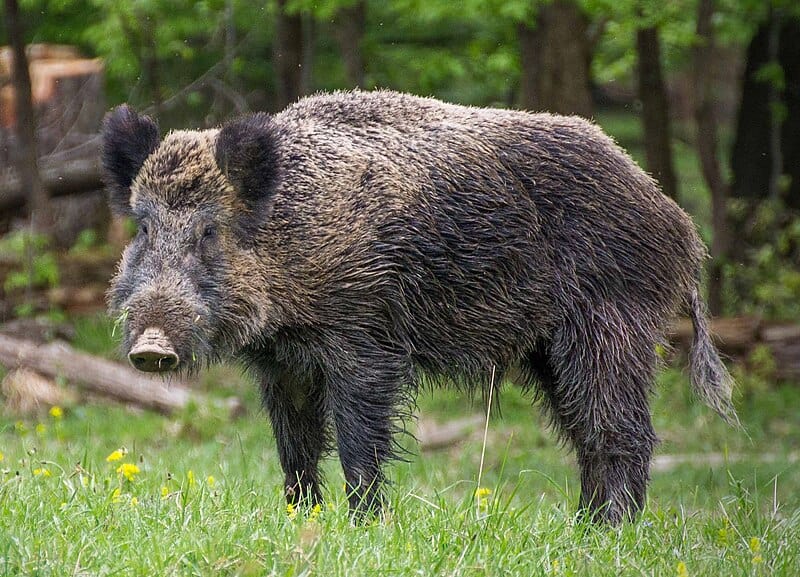
Feral Swine, also known as wild hogs, are descendants of domestic pigs that have gone feral. These animals are highly destructive, causing extensive damage to agricultural lands, native ecosystems, and even suburban areas. Their rooting behavior leads to soil erosion, destruction of native plants, and disruption of local wildlife habitats. Feral Swine are also vectors for diseases that can spread to livestock and humans, compounding their impact. Despite widespread hunting and trapping efforts, their population continues to grow, posing an ongoing threat to ecosystems across the United States.
Northern Snakehead (Channa argus)
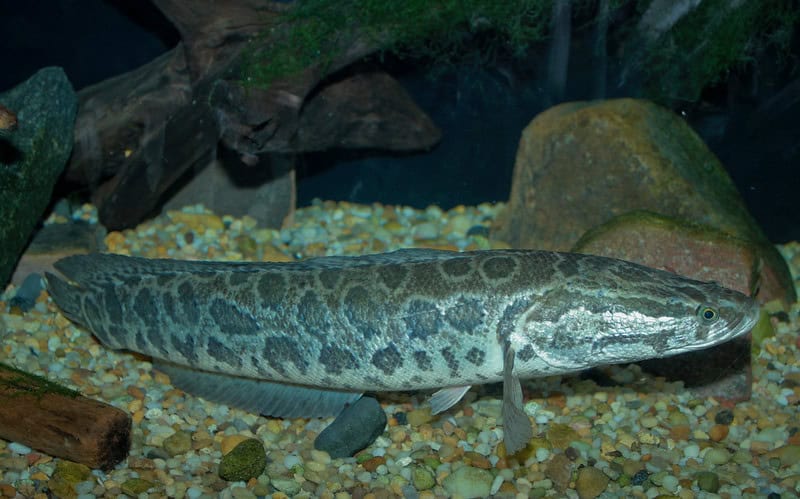
Native to East Asia, the Northern Snakehead was introduced to North American waters, where it has become a top predator. These aggressive fish can survive out of water for extended periods, allowing them to spread between bodies of water. Their presence has led to the decline of native fish populations, as they outcompete and prey on them. The ecological impact of the Northern Snakehead is profound, as it disrupts food webs and alters aquatic ecosystems. Control efforts, including targeted fishing and monitoring, have been implemented, but the species remains a significant concern for conservationists.
Water Hyacinth (Eichhornia crassipes)
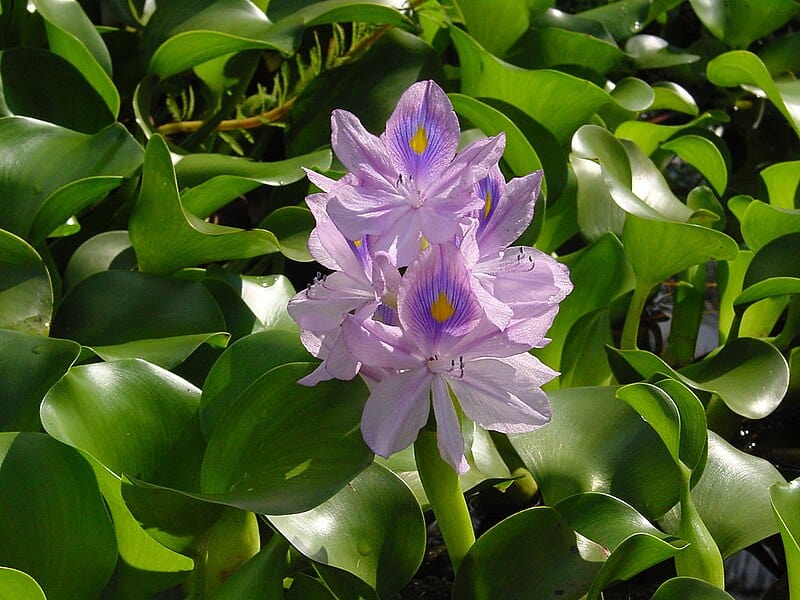
The Water Hyacinth, native to the Amazon Basin, was introduced to other parts of the world for its attractive flowers but has become one of the most invasive aquatic plants. This fast-growing plant forms dense mats on water surfaces, blocking sunlight and depleting oxygen levels, which severely impacts aquatic life. The resulting changes in water chemistry can lead to the death of fish and other organisms, further disrupting the ecosystem. Waterways clogged with hyacinths also hinder transportation and irrigation, creating significant economic challenges. Control methods, such as mechanical removal and biological agents, have been employed, but the plant’s rapid growth continues to outpace these efforts.
Emerald Ash Borer (Agrilus planipennis)
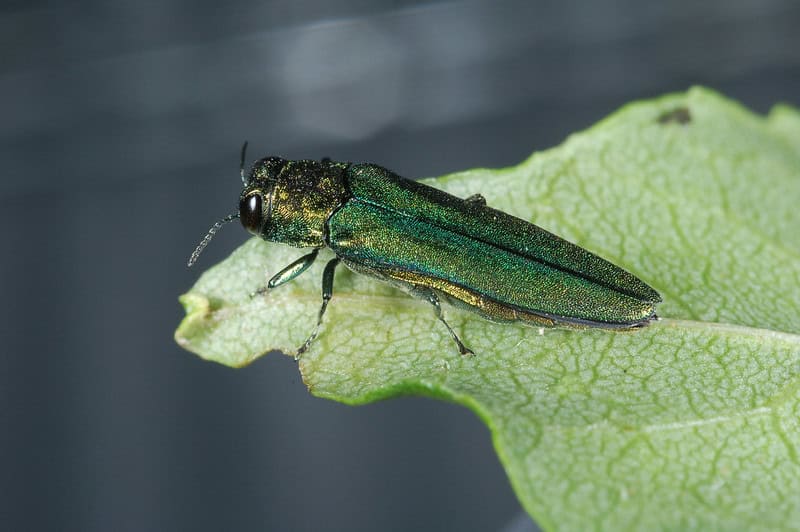
The Emerald Ash Borer, a beetle native to Asia, was first detected in North America in 2002. Since its arrival, it has caused the widespread devastation of ash trees across the continent, leading to the death of tens of millions of trees. The loss of ash trees has had cascading effects on forest ecosystems, as these trees provided habitat and food for numerous species. The economic impact has also been severe, with billions of dollars spent on ash tree removal, replacement, and treatment. Despite quarantine measures and biological controls, the Emerald Ash Borer continues to spread, threatening to eliminate ash trees from many regions entirely.
Norway Rat (Rattus norvegicus)
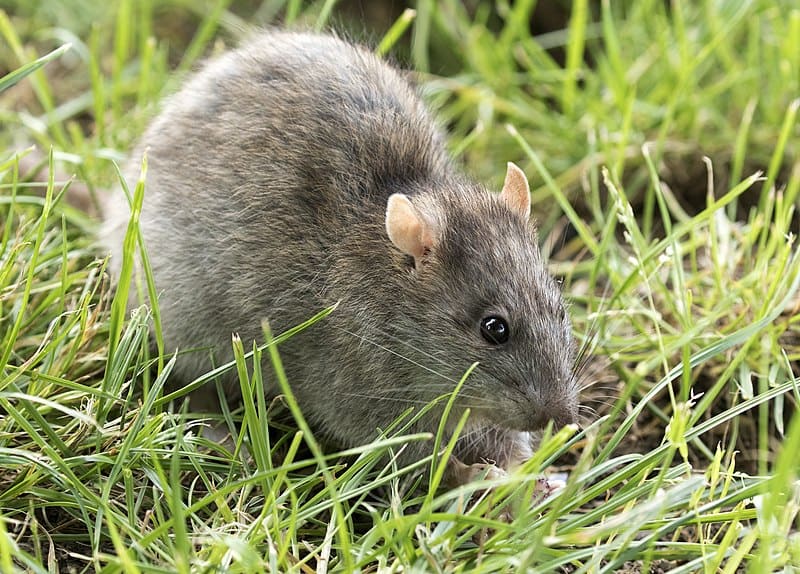
The Norway Rat, also known as the brown rat, has spread to nearly every corner of the globe, often traveling as a stowaway on ships. This species is highly adaptable and thrives in both urban and rural environments, where it competes with native wildlife for food and habitat. Norway Rats are known to damage crops, spread diseases, and cause structural damage through their gnawing habits. Their presence has led to the decline of native species, particularly on islands where they prey on birds, eggs, and small animals. Control measures, including poisoning and trapping, have been widely implemented, but the Norway Rat remains a persistent and destructive invader.
Cogongrass (Imperata cylindrica)
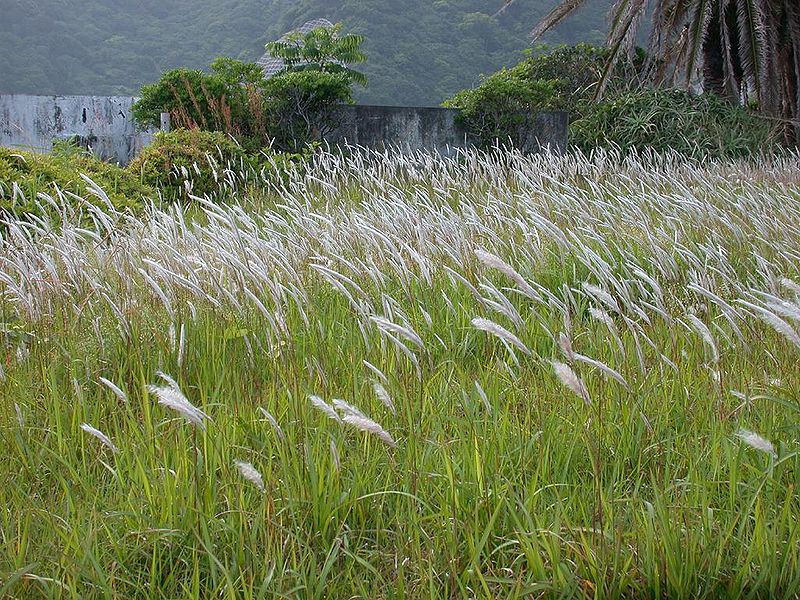
Cogongrass, originally from Southeast Asia, was introduced to the southern United States in the early 20th century as a potential forage crop. However, it quickly spread beyond control, becoming one of the most invasive grasses in the region. This highly flammable grass displaces native plants, reduces biodiversity, and increases the frequency and intensity of wildfires. The ecological and economic damage caused by Cogongrass is extensive, with efforts to control its spread involving herbicides and mechanical removal. Despite these efforts, Cogongrass continues to expand, threatening native ecosystems and agricultural lands.
American Bullfrog (Lithobates catesbeianus)

Native to eastern North America, the American Bullfrog has been introduced to many parts of the world, where it has become a problematic invasive species. These large frogs are voracious predators, consuming a wide variety of prey, including insects, fish, amphibians, and even small mammals. Their introduction has led to the decline of native amphibian populations, particularly in the western United States and Europe. The Bullfrog’s ability to outcompete native species and spread diseases, such as the chytrid fungus, further exacerbates its impact on local ecosystems. Control efforts have included targeted hunting and habitat modification, but the American Bullfrog remains a significant ecological threat in many areas.
This article originally appeared on Rarest.org.
More From Rarest.Org

Temples from ancient times have always fascinated historians and archaeologists. Some of these sacred places hold mysteries that remain unsolved to this day. These temples, scattered across different parts of the world, continue to intrigue with their unexplained origins, construction methods, and purposes. Read more.
Coveted classic bicycles hold a special place in the hearts of collectors. These bikes aren’t just machines; they’re pieces of cycling history. Each model has a story, a legacy that makes it a treasure worth seeking out. Read more.


